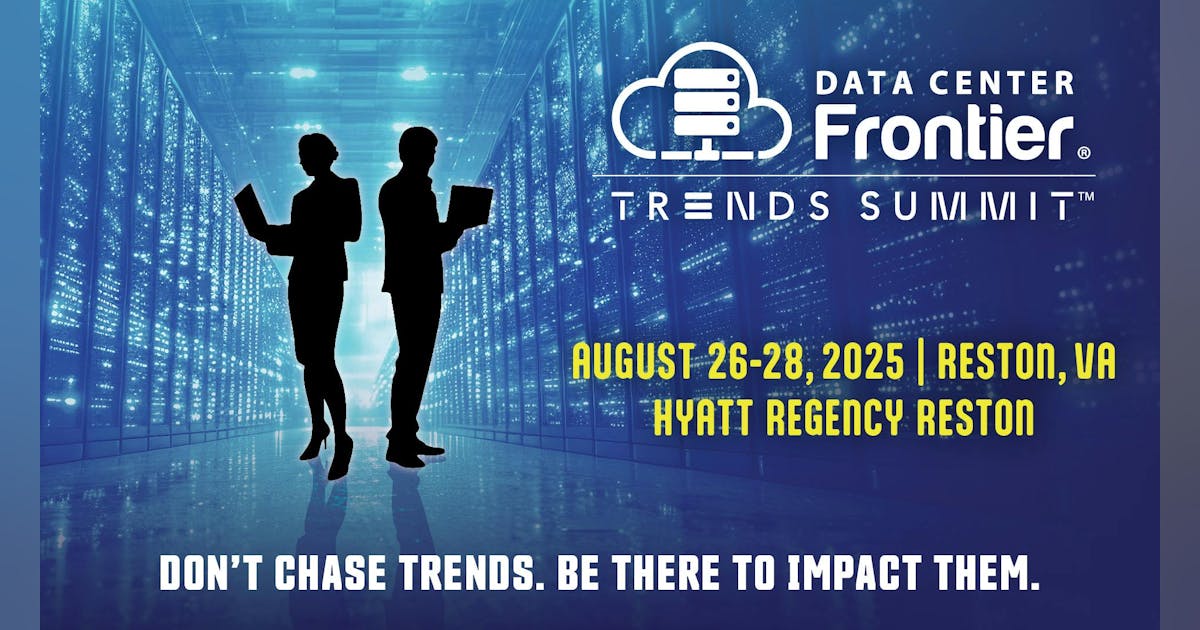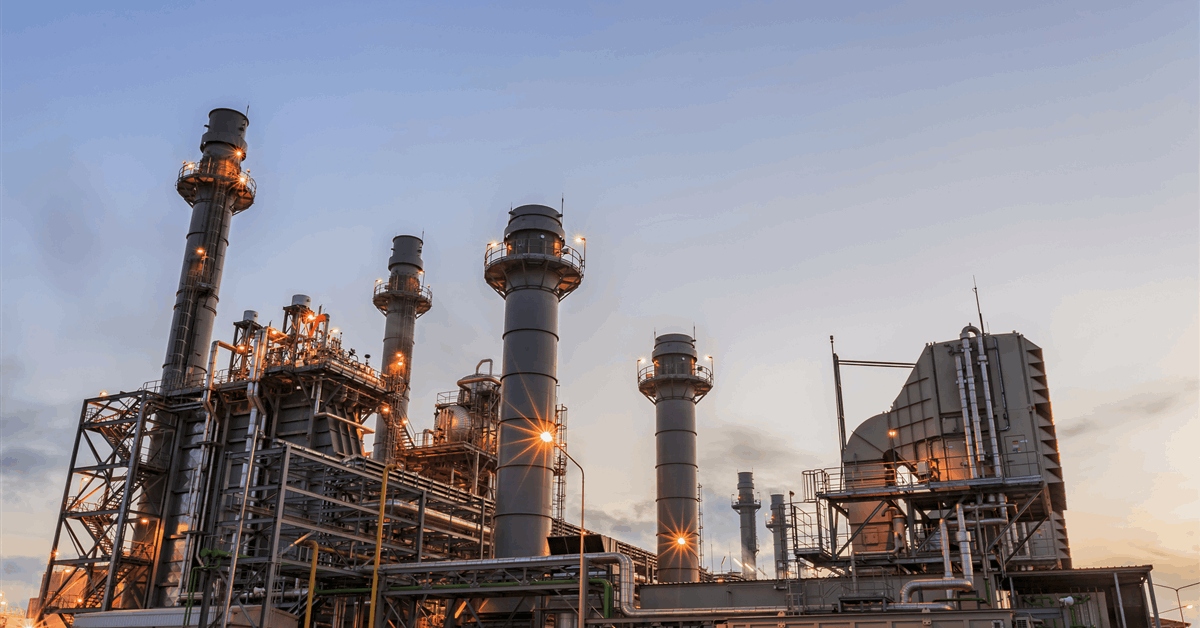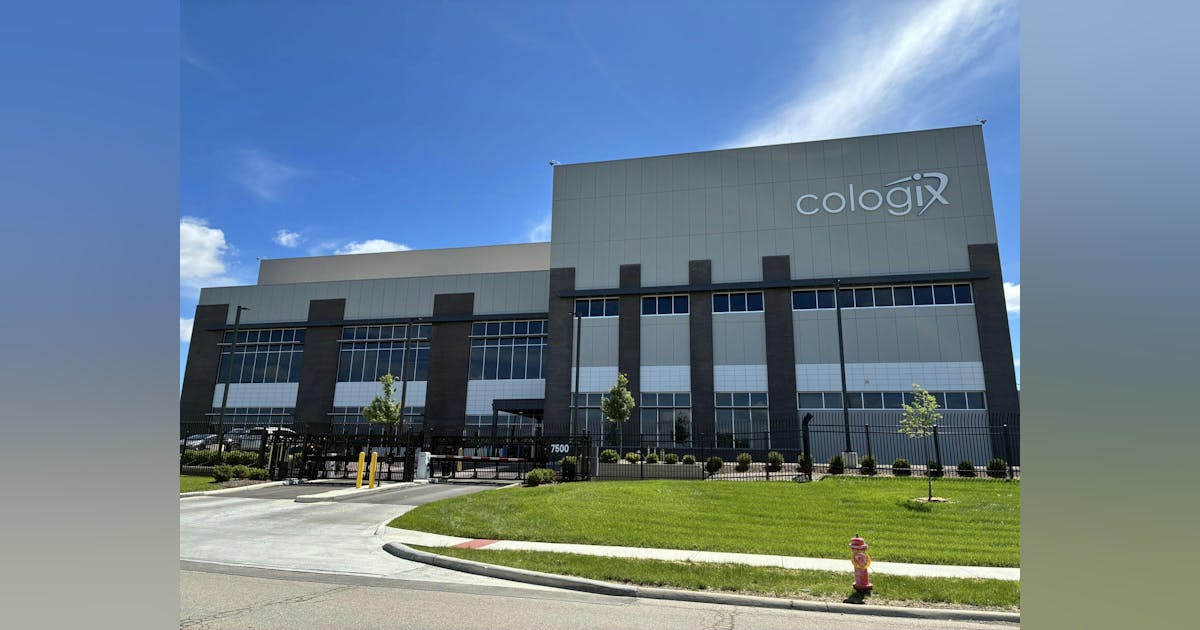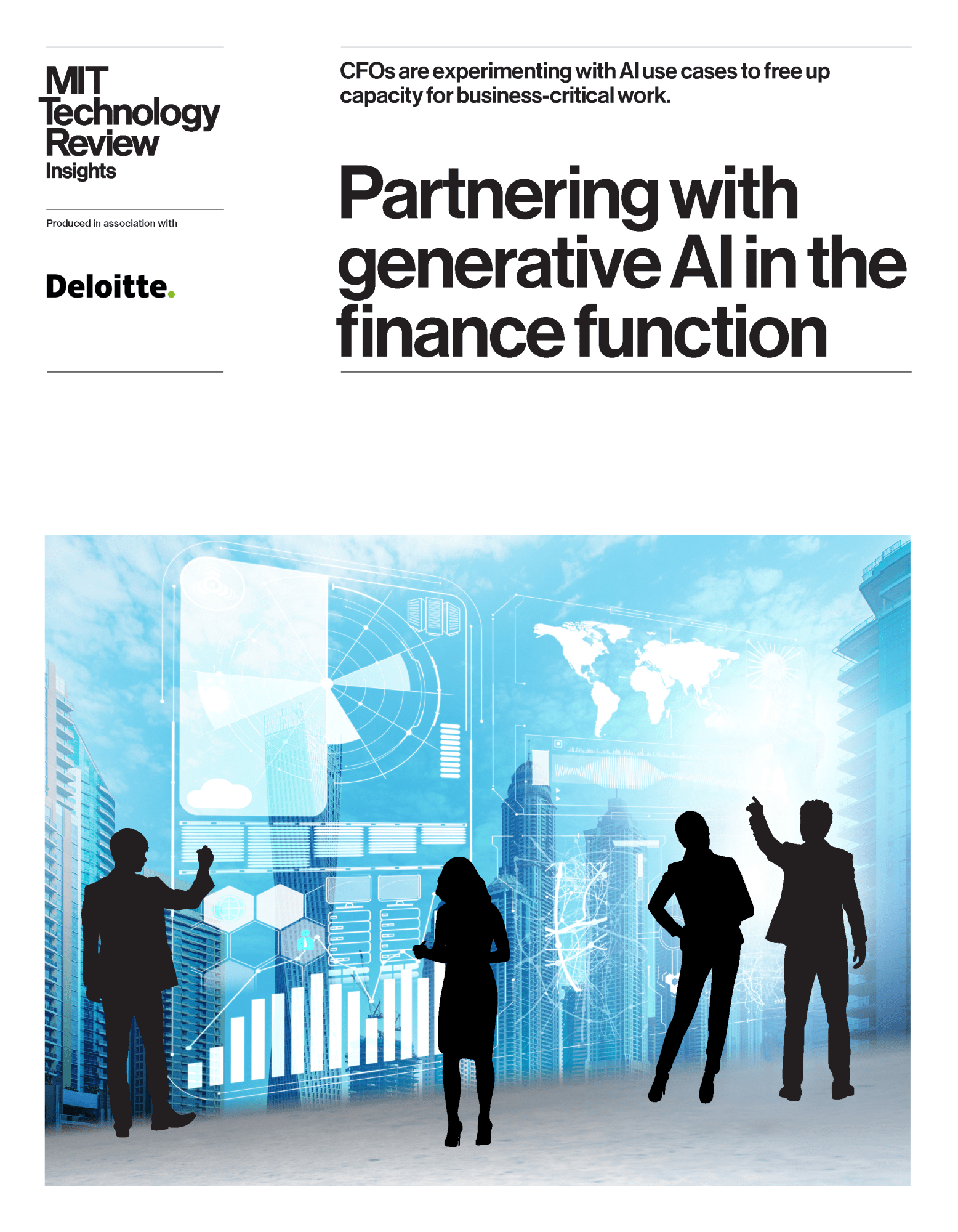
As the AI era pushes digital infrastructure into overdrive, the 2025 Data Center Frontier Trends Summit (Aug. 26–28, Reston, VA) returns with its boldest and most consequential agenda yet. From power procurement and adaptive reuse to agentic supply chains, modular energy, and moonshot innovation, the Summit reflects an inflection point for the entire industry, where site constraints, grid bottlenecks, and high-density AI workloads are forcing operators to write a new playbook on the fly.
In a QuickChat video leading up to the event, I sat down with longtime DCF contributor and Apolo CEO Bill Kleyman, who is not only moderating our flagship AI Factory panel but also serving as a judge in our closing Moonshot Trends session. Together, we unpacked the themes, tensions, and vision shaping this year’s gathering.
With a little help from AI itself, here’s your companion guide to the Trends Summit 2025 agenda: a curated tour of the key sessions, standout speakers, and emerging priorities at the heart of the next data center frontier.
📘 Day 1: A New Playbook Begins (Tuesday, August 26)
🔑 Opening Keynote: “Playbook Interrupted”
Chris Downie, CEO of Flexential, kicks off the event with a keynote that pulls no punches. Power scarcity, global policy, and AI’s ravenous infrastructure appetite are cracking old strategies wide open. Downie will chart out the new mandates facing operators, where infrastructure is not just a support system—it’s the bottleneck and the breakthrough.
🤖 AI for Good: Smarter Data Centers and Smarter AI Workloads
What happens when Schneider Electric, Compass Datacenters, and Motivair sit down to talk AI? You get both sides of the coin—AI for data centers (via predictive maintenance, energy optimization) and data centers for AI (validated reference designs and liquid-cooled GPU clusters). A standout session on future-proofing both infrastructure and operations.
Speakers:
Steve Carlini (Schneider Electric),
Sudhir Kalra (Compass),
Andrew Whitmore (Motivair)
⚡ Bridging the Power Gap
The most immediate constraint for every operator? Power procurement. This stacked panel—featuring Bloom, Dominion, Constellation, and Loudoun County—explores how to solve the power delivery timeline mismatch. Expect strategies for co-siting with generation assets, improving transparency, and enabling build-to-power synchronization.
Speakers:
Buddy Rizer, Bob Kinscherf, Stan Blackwell, Joel Jansen, Jeff Barber, David McCall
🔁 Adaptive Reuse Meets AI Demand
One of the summit’s most pragmatic sessions. JLL’s VP of Data Center Strategy and executive experts from adaptively-oriented operators Aligned Data Centers and Northstar tackle how to transform old industrial sites into AI-scale GPU hubs—fast. It’s where brownfield ingenuity as increasingly furnished by Schneider Electric meets hyperscale ambition.
Confirmed Speakers:
Sean Farney (JLL), Tony Grayson (Compass), Lovisa Tedestedt (Schneider Electric), Phill Lawson-Shanks (Aligned Data Centers)
🔥 Natural Gas, Fast Tracks, and the Off-Grid Pivot
The panel on natural gas is a can’t-miss for anyone serious about site viability in constrained regions. With perspectives from CBRE, Oracle, Solar Turbines, and PointOne, this is the real-world look at alternative power timelines and why public sentiment still matters.
🌐 Edge, Interconnection, and the New Digital Perimeter
As edge and AI converge, interconnection becomes existential. From DartPoints to Duos Edge AI, this session explores what it means to build not just at the edge, but with the edge in mind.
Moderator: Scott Bergs (DF&I)
Panelists: DartPoints, 1623 Farnam, 365 Data Centers, Duos Edge AI, ValorC3
⚙️ Day 2: Factories, Agents, and Innovation Culture (Wednesday, August 27)
🧱 AI Factories Are the New Data Centers
Kleyman leads the charge on this one, joined by Applied Digital, Scott Data, Lambda, and Equus Compute. These are the folks actually building GPU-scale facilities. They’ll cover liquid cooling, bandwidth fabrics, and how AI-as-a-service is shaping revenue models.
Panelists: Wes Cummins, Ken Patchett, Patrick Pedroso, Kenneth Moreano
🔄 Modernizing the Supply Chain with Agentic Systems
CargoSense and Google Logistics go deep on real-time IoT visibility, AI agents in procurement, and closing the gap between delivery and commissioning. Essential viewing for anyone managing hyperscale timelines.
Speakers: Richard Kilmer, Patrick Huston
📍 Site Selection: ESG, Power Access, and Political Will
PowerHouse, Aligned, datacenterHawk, and others weigh in on how shifting local regulations, financing hurdles, and ESG mandates are redefining the map.
💧 Smarter Cooling for Smarter Density
Mechanical infrastructure becomes a differentiator in this session with Johnson Controls, CleanArc, and Harris Company. Expect strategies on higher leaving water temps, low-sound urban compliance, and preventing thermal failure in liquid-to-chip setups.
⚡ From Grid to Onsite: Building Power Behind the Meter
One of the show’s most hotly anticipated panels. Hydrogen, microgrids, SMRs, turbines, renewables—it’s all here. The new calculus: how to build resilient power fast, on-site, and at scale.
Speakers: Yuval Bachar (ECL), Brian Gitt (Oklo), Steve Halford (GE Vernova), Wes Swenson (Novva), Marty Trivette (Alphastruxure)
🔋 The Battery Reality Check
Energy storage hype meets bankability scrutiny. NTT and MPINarada get into what makes a battery solution viable—over time, under pressure, and with the right chemistry.
🧠 Structured Roundtables
These smaller breakout conversations on liquid cooling, AI readiness, sustainable backup power, and more are built for real-time, operator-level learning. A welcome intimacy amid the marquee panels.
🚀 Day 3: Moonshots, Blueprints, and the Road to 2026 (Thursday, August 28)
💡 Closing Keynote: Innovation Culture by Design
Nancy Novak and Amy Marks (Compass Datacenters) are redefining how innovation scales—not just through product, but through people. This session explores how construction industrialization and a pervasive innovation mindset can help solve workforce shortages and deployment bottlenecks at once.
⚡ Powering AI at Scale
EdgeConneX, National Power, and Sapphire Gas Solutions look at what’s next in modular, mobile, and flexible energy infrastructure—because building AI capacity now means racing the clock on power.
🏗️ Construction Challenges + Collaborative Solutions
The Data Center Construction Alliance brings the OEMs, contractors, and developers together for a collective problem-solving session on speed, cost, and coordination.
🌕 6 Moonshot Trends for 2026: Bold Pitches, Real Stakes
It’s Shark Tank for data centers. Six innovators present bold ideas—superconducting transmission, lunar redundancy, AI-driven ESG metrics—and face sharp feedback from Kleyman, Phillip Koblence, and Nabeel Mahmood of Nomad Futurist. The winning pitch gets a DCF podcast feature. High stakes. Real vision. Zero fluff.
Presenters include:
Ryan Mallory (Flexential),
Honghai Song (Canyon Magnet Energy),
Mauricio Esguerra (MAGMENT GmbH),
Ed Nichols (Expanse Energy),
Matt Morris (Blue Dream),
Ralph Benko (F1R3FLY)
🎙️ New This Year: “Nomads at the Summit” Podcast Series
Launching at this year’s conference, “Nomads at the Summit” is a new live podcast series co-hosted by Nomad Futurist’s Nabeel Mahmood and Phillip Koblence alongside editors from Data Center Frontier. Recorded onsite, the series will feature candid interviews with standout speakers and industry changemakers whose ideas reflect the Summit’s core themes. Episodes will be released post-event across both DCF and Nomad Futurist channels.
📍Final Takeaway
The 2025 DCF Trends Summit explores both the incremental evolutions and the sweeping shifts brought on by AI’s growing impact on digital infrastructure. In core aspects, it’s about navigating the great infrastructural reordering sparked by AI. Whether you’re seeking clarity on onsite power strategies, fast-tracking new capacity, or getting in early on moonshot tech, this year’s event delivers a frontline view of what’s working—and what’s next.
For those serious about shaping the future of digital infrastructure, Reston is the place to be this August.
🎥 And don’t forget to watch the full QuickChat video below featuring Bill Kleyman and Matt Vincent, where we preview the themes and sessions lighting up the 2025 DCF Trends Summit.























